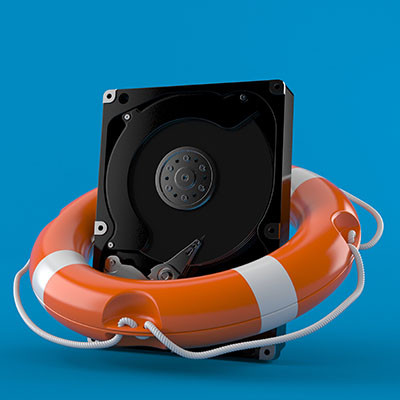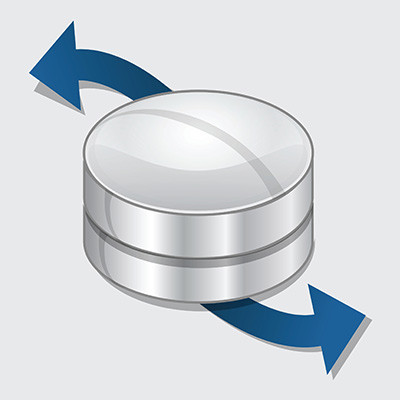Annually, on March 31st, World Backup Day serves as a dedicated reminder to highlight the pivotal role of regular data backups in ensuring the seamless flow of information. While this awareness day effectively emphasizes a foundational best practice, we strongly advocate for an ongoing commitment to the continuous maintenance and safeguarding of backups, extending well beyond the confines of a single day.
PC PLACE Blog
Business technology is known to be remarkably finicky, particularly if you do not have the requisite knowledge to manage and maintain it. After all, there is a reason why you hire an IT department or a managed service provider to handle this role. What happens if your technology fails, though? Do you have a plan in place? What does a plan like this even look like, anyway? Let’s dig into the details.
In an era where businesses rely heavily on data and technology, the need for comprehensive disaster recovery solutions has never been more critical. The stakes are high when it comes to safeguarding your company's digital assets and ensuring business continuity in the face of unforeseen disasters. This is where Disaster Recovery as a Service (DRaaS) comes into play.
To safeguard your organization's invaluable digital assets, you must undertake a task that, in most other business aspects, is often avoided: building redundancy. Redundancy, though typically viewed as wasteful, takes on a critical role when it comes to safeguarding your data, which is the lifeblood of your business.
With technology serving such an indispensable role in modern business the looming threat of disaster is one that needs to be considered. With so many consequences on the line, it’s important that your business is prepared to deal with these disasters effectively and efficiently. Let’s run through some tips for properly preparing for your potential disaster recovery needs.
Having data redundancy is something that sounds like a bad thing. After all, redundancy is typically viewed as a reason for inefficiency. In the case of having your data and computing environments backed up, you are trying to build redundancy. Today, let’s take a look at some situations that a business can run into should they neglect to have a proper backup.
For those of you that read our blog often, you know we often mention how backing up your business information systems is a crucial part of protecting your organization's IT infrastructure. One of the best rules of thumb when considering your data backup is what is called the 3-2-1 rule. Let’s go through what the 3-2-1 rule is and why it works to protect your business’ digital assets.
The late American author Kurt Vonnegut once wrote, “New knowledge is the most valuable commodity on earth. The more truth we have to work with, the richer we become.” Written in the 20th century, it has been put in practice by 21st century businesses. As the Internet has grown, the amount of companies expanded, and the amount of data that those companies collect has grown exponentially, especially now that there is a market for such data.








